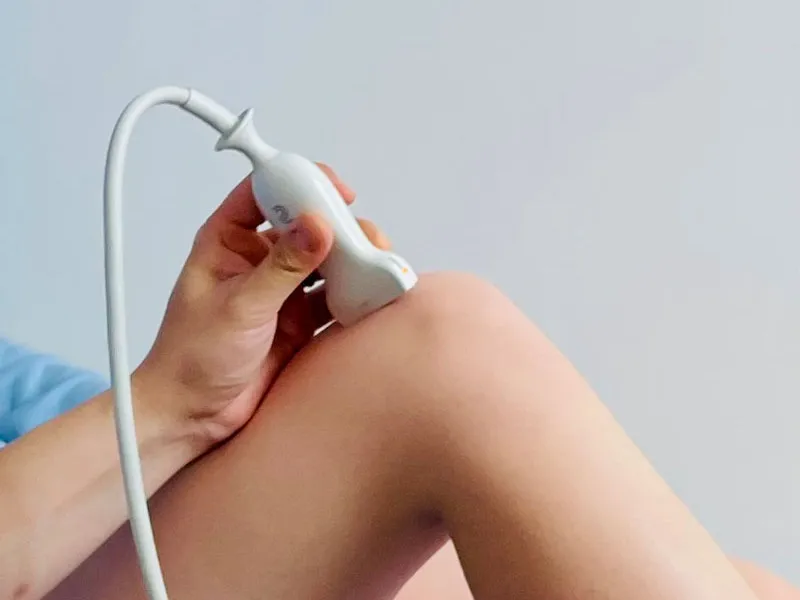
Introduction to Arthrosamid Knee Injection
Arthrosamid knee injection is an innovative treatment for osteoarthritis, specifically designed to provide relief from knee pain. Osteoarthritis is a degenerative joint disease often associated with aging, but it can also result from previous injuries or genetic predispositions. Common symptoms include chronic pain, stiffness, and reduced mobility in the knee joint. Early diagnosis and targeted treatment are crucial for managing this condition effectively.
Understanding Arthrosamid Knee Injection
An Arthrosamid knee injection involves injecting a gel made of polyacrylamide into the knee joint. This gel acts as a cushion, reducing friction and providing lasting pain relief. Unlike cortisone injection in knee, which provide only temporary relief, Arthrosamid aims for long-term benefits. Administered by a healthcare professional, the treatment is relatively quick, though a detailed medical history and imaging, such as MRI or X-rays, are essential for accurate diagnosis and effective treatment.
Side Effects and Complications
While Arthrosamid knee injections are generally safe, they can have side effects similar to other new treatments for osteoarthritis of the knee. Short-term side effects may include temporary pain or swelling at the injection site. Long-term side effects are rare but could involve allergic reactions or infections. Without treatment, osteoarthritis may progress, leading to severe pain and limited mobility, highlighting the importance of early intervention.
Recovery and Rehabilitation
Recovery from an Arthrosamid knee injection typically involves a few days of rest, followed by a gradual return to normal activities. Rehabilitation exercises focusing on strengthening the knee are crucial. Patients often start with low-impact activities like swimming or cycling and progressively build up their exercise regimen. Barriers to recovery can include inadequate follow-up care or lack of adherence to exercise routines. Consistent effort and professional guidance are crucial for optimal outcomes.
Additional Patient Information
Early intervention is key to managing osteoarthritis and preventing further joint damage. Patients should adopt a proactive approach, including weight management and regular physical activity, to maintain joint health. If symptoms worsen or new symptoms arise, it’s advisable to seek medical advice promptly. Prevention strategies such as avoiding high-impact sports and practising good posture can also be beneficial.
FAQs
What should I do immediately after Arthrosamid knee injection?
Immediately after an Arthrosamid knee injection, it’s essential to rest and avoid strenuous activities for the first 24-48 hours. Applying ice to the injection site can help reduce any swelling or discomfort.
How long does it take to recover from Arthrosamid knee injection?
Recovery time varies, but most patients can expect to return to normal activities within a few days. Full benefits of the injection might be noticed over several weeks as the gel integrates into the joint.
Can I prevent future occurrences of knee pain?
Yes, adopting a healthy lifestyle, maintaining an appropriate weight, and engaging in low-impact exercises can help prevent future knee pain. Regular check-ups and addressing any symptoms early can also be beneficial.
What are the signs of complications after Arthrosamid knee injection?
Signs of complications include severe pain, redness, swelling, or fever. If you experience any of these symptoms, contact your healthcare provider immediately.
How effective is physical therapy for recovery from Arthrosamid knee injection?
Physical therapy is highly effective as part of the recovery process. It helps strengthen the knee, improve mobility, and enhance the benefits of the injection.
When should I consider surgery for knee osteoarthritis?
Surgery might be considered if conservative treatments, including injections and physical therapy, fail to relieve symptoms and if knee pain significantly impacts day-to-day activities.
